Renting a billboard is an easy process, but it’s important for billboard companies to be transparent with their pricing and how they offer the best deals for their customers. Here’s how we calculate the price of renting a billboard and some price ranges for each billboard type.
Most people know what billboards are, but they do not know the cost of renting a billboard. Renting a billboard is a simple process, depending on a few factors that make sense. For example, when you rent a car, you know that the size of the vehicle and the length of time you’ll need it will drive the cost.
The cost of renting a billboard depends on a few factors:
The size and format you are looking to rent
The location where you want to display the billboard
The quantity of billboards you are looking to rent
The length of time you’d like to leave the billboard up
The time of year you want to rent the billboard
Billboard Type & Size
In Chicago, we have billboards of all types and sizes that work for many different purposes. Here’s a list of the billboard types we offer for rent:
Neighborhood Signs
Bus Shelters
Bulletins
Wallscapes & Spectaculars
Neighborhood Signs
Neighborhood signs include what we call our HotSpots and our Wild Postings. HotSpots are our most popular format. They fit in perfectly with Chicago’s neighborhood landscape, which makes them virtually ubiquitous. HotSpots can be used in localized areas to target your customers where they live, eat, and shop. And because they’re smaller than traditional billboards, HotSpots are often quite affordable and high-impact. Even a modest marketing budget can afford several neighborhood HotSpots, which means you can reach more of your audience. HotSpots are so flexible—you can make them fit any need and any goal.
Wild Postings are also neighborhood signage, but they have a bit more flair due to their high-impact, street level placement. Think of the canvas as a way to make your brand pop. Wild Postings are always street-level, which means they will impact everyone who comes across the board, whether they’re driving, walking, or even riding a bus. Make the sign one entire creative, or use multiple creatives within the same sign for a multifaceted approach. Wild Postings are also the perfect format to encourage interaction with your advertising. Because outdoor advertising is such a visual media, it lends itself to promoting engagement on photo-based social media platforms like Facebook and Instagram. When your advertisement is something that your audience can literally reach out and touch, it opens the door to creating the perfect content and messaging in order to leverage audience interaction.
Bus Shelters
Bus Shelter Displays, or Street Furniture, are the advertisements you see at bus stops all throughout the city and the suburbs. By being ubiquitous, Street furniture allows you to target specific demographics and areas where your customers live, commute, and buy. The more they see your ads, the more they will remember about your brand and will want to engage with your products. Furthermore, they help you target valuable audiences in the Chicago suburbs, audiences that are often forgotten. This untapped market is waiting for your brand to shine. We have suburb profiles and more in-depth information so you can make sure you are targeting your intended audience.
Wallscapes & Spectaculars
Wallscapes are massive billboards in urban landscapes. Size really makes an impact here, and this is why renting a Wallscape is often more expensive but for many brands it’s a worthwhile investment. Big brands use Wallscapes to engage their audience on the morning commute or a stroll in their neighborhood, and to drive people to their online presence where they are able to click and act. One of the best ways to increase your social media, Google search results, or website traffic is to compliment it with Wallscapes.
Bus Wraps are also huge billboards in the city, and the best part is they move throughout some of Chicago’s best neighborhoods to showcase your brand. It’s a great way to target people who ride those buses and those who live and work around those bus routes. Think of the bus route in a bird’s-eye view. All those streets the bus drives through and all the people on those streets—they will be constantly reminded of your message and your brand. Those who ride that bus will no doubt become experts in your products through frequent viewings of your ads.
Location
Billboards price depends on location because this is one of the ways we measure the efficacy of the billboard. For instance, a billboard in the middle of the desert is not worth anything because nobody is seeing it. Similarly, a TV commercial at 3AM will be much cheaper than a commercial during lunch break. The price comes down to: how many people are seeing it? Location has a big influence on that metric.
Typically, billboards in suburban or rural areas (where populations are less dense and less people will see the billboard) cost less to rent, and even large highway billboards might cost only a few hundred dollars per month. The cost to rent a billboard in major metropolitan areas like Chicago rises based on increased impressions (the number of people that see the billboard) and advertisers’ desire to have a presence in certain downtown neighborhoods (like River North).
The hotter the spot, the more expensive it will be to rent a billboard there.
There are two main ways we determine how much a location will be worth for a billboard: Demographics and Impressions.
Demographics
A billboard’s demographics are a breakdown by age, gender, and income level of people who typically pass a billboard. The idea behind demographics is that different audiences have different values. Audiences with higher income levels have more money to spend, so they’re usually worth more, which means that renting a billboard in a wealthier neighborhood will likely be more expensive.
Impressions
Impressions are the likely number of people who actually see the ad, based on the size of the billboard, visibility, the speed at which people are passing, and other factors. This is derived from the circulation and the location of the billboard, but there are many other ways to find impressions, especially with smartphone technology.
One important metric here is CPM, or cost per mille (cost per thousand impressions). Once we calculate the number of impressions a location offers, we can provide the CPM, which makes it easier to compare two locations in terms of price. The higher the number of impressions, the higher the cost.
Quantity
More often than not, billboard companies will offer discounts if you buy billboard packages, meaning a number of billboards that go up all at once. The more billboards you rent, the more you’ll get discounted in the aggregate. If you’re looking to make a big splash, this is often a great opportunity to rent more billboards and get more for your money. Similarly, if you’re planning on leaving billboards up for longer periods of time, you can save a lot of money in the long run if you buy packages and save with the discounts provided.
Duration
Renting a billboard will also come down to the length of time you’re looking to display your creative. It’s pretty straightforward: the more time you want to leave the billboard up, the more you’ll pay. It’s just like renting an apartment—the longer you stay in that apartment, the longer you’ll be paying for it.
Committing to rent a billboard for a year allows advertisers to negotiate a much better monthly rate than if you only wanted one or two months. And remember, renting a billboard for a year doesn’t mean you have to keep the same creative up—you can change the creative as often as you like, to change up messaging to promote special deals or seasonal offerings.
In Chicago, billboards are often rented for anywhere from 4-week periods to several months.
Timing
Timing is important for renting billboards. Think about it—billboards rely on people being out and about to see the advertisements on those panels. If there are times of the year (hint: there are) where people are more likely to be out of their homes, then billboard rent will be more expensive during those months. Think summer and the holiday season—two expensive seasons to rent billboards in comparison to the dead of winter.
But timing is not just about seasons, it’s also about when you’re looking to get started. If you’re looking for a deal, be ready to start as soon as possible. Billboard inventory is like a seat on a plane—if it’s not filled when the flight is about to take off, that’s lost revenue, which is why airlines will often offer same-day bookings for less in order to fill seats.
If you’re looking to start a billboard campaign next year, there’s less incentive for a billboard company to offer a discount because it’s very likely they will find someone between now and then to rent the billboard at full price. But if you want to start tomorrow and the billboard company has an opening they need to fill, that’s a different story.
Average Price for Renting a Billboard in Chicago
Billboards in Chicago are typically priced in monthly or 4-week terms. For example, if you’re looking at a quote for a billboard that is $2,000, that price usually means that it’s $2,000/4-weeks.
There are too many types of billboards to list in one article, but here’s a quick breakdown of billboards and other outdoor advertising signs in Chicago and the approximate range for their cost:
Neighborhood Signs (HotSpots & Wild Postings) - $1,000 to $6,000/4-weeks
Bus Shelters - $400 to $1,000/4-weeks
Bulletins (14’x48’ on pole) - $2,000 to $10,000/4-weeks
Wallscapes & Spectaculars - $5,000 to $50,000/4-weeks
The ranges are broad and the price within that range will largely depend on the factors mentioned above.
As you can see, renting a billboard is a pretty simple process with a quick turnaround. If you’re looking for more information, talk to one of our account executives and find out how we can help you save money with renting your next billboard.





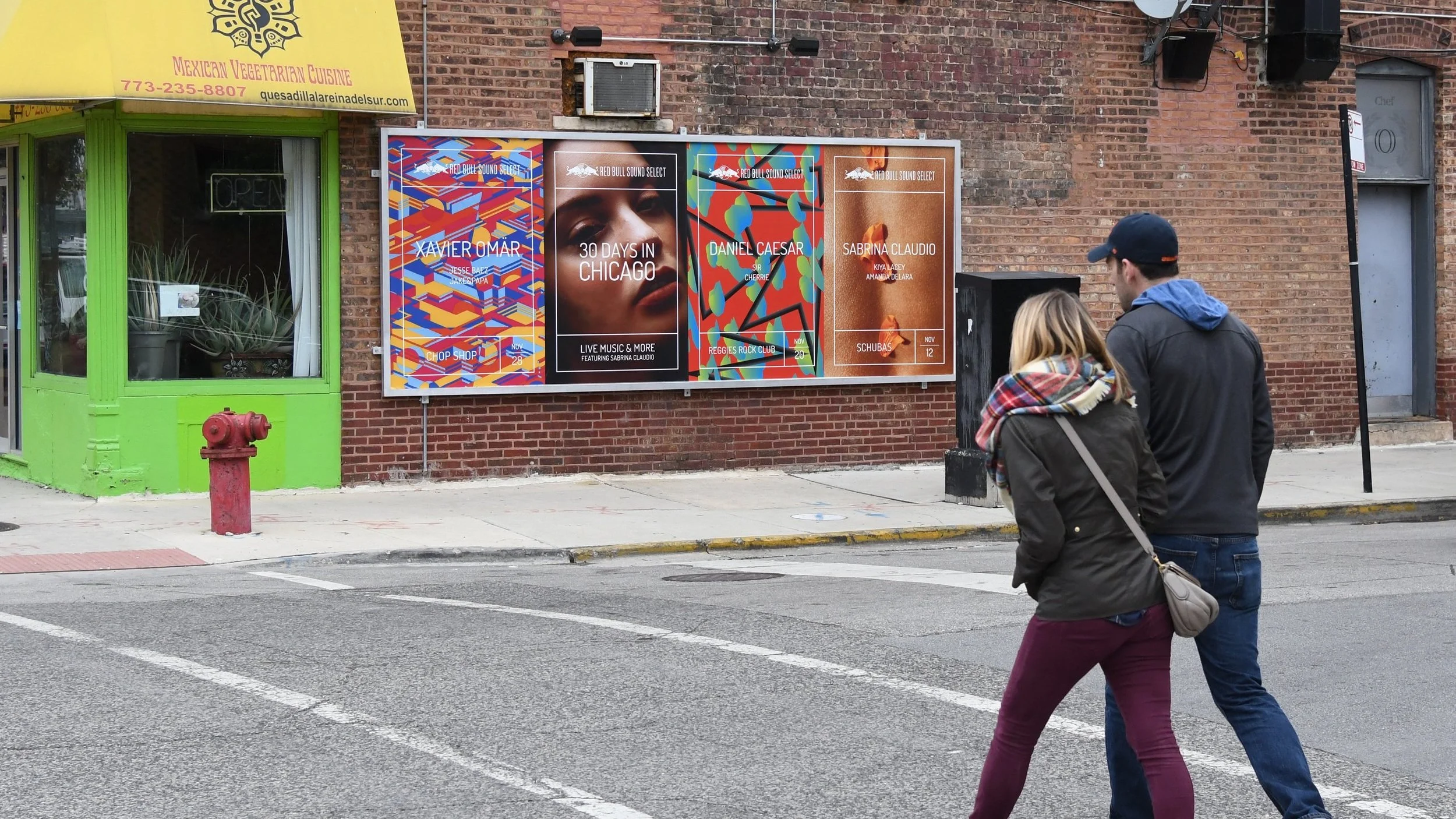



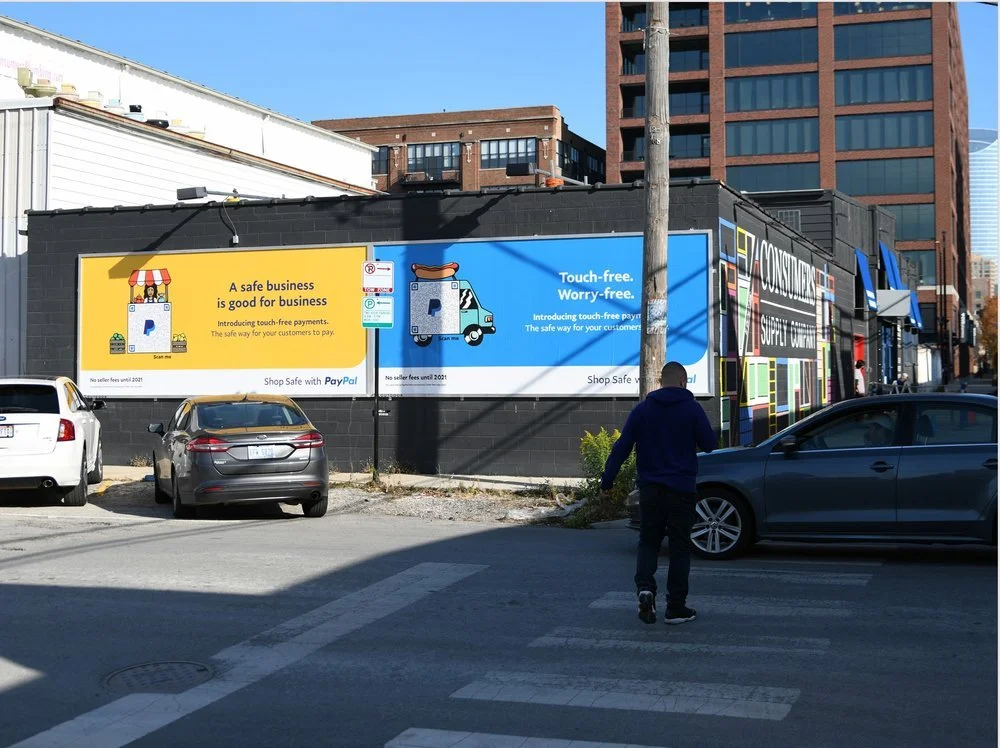
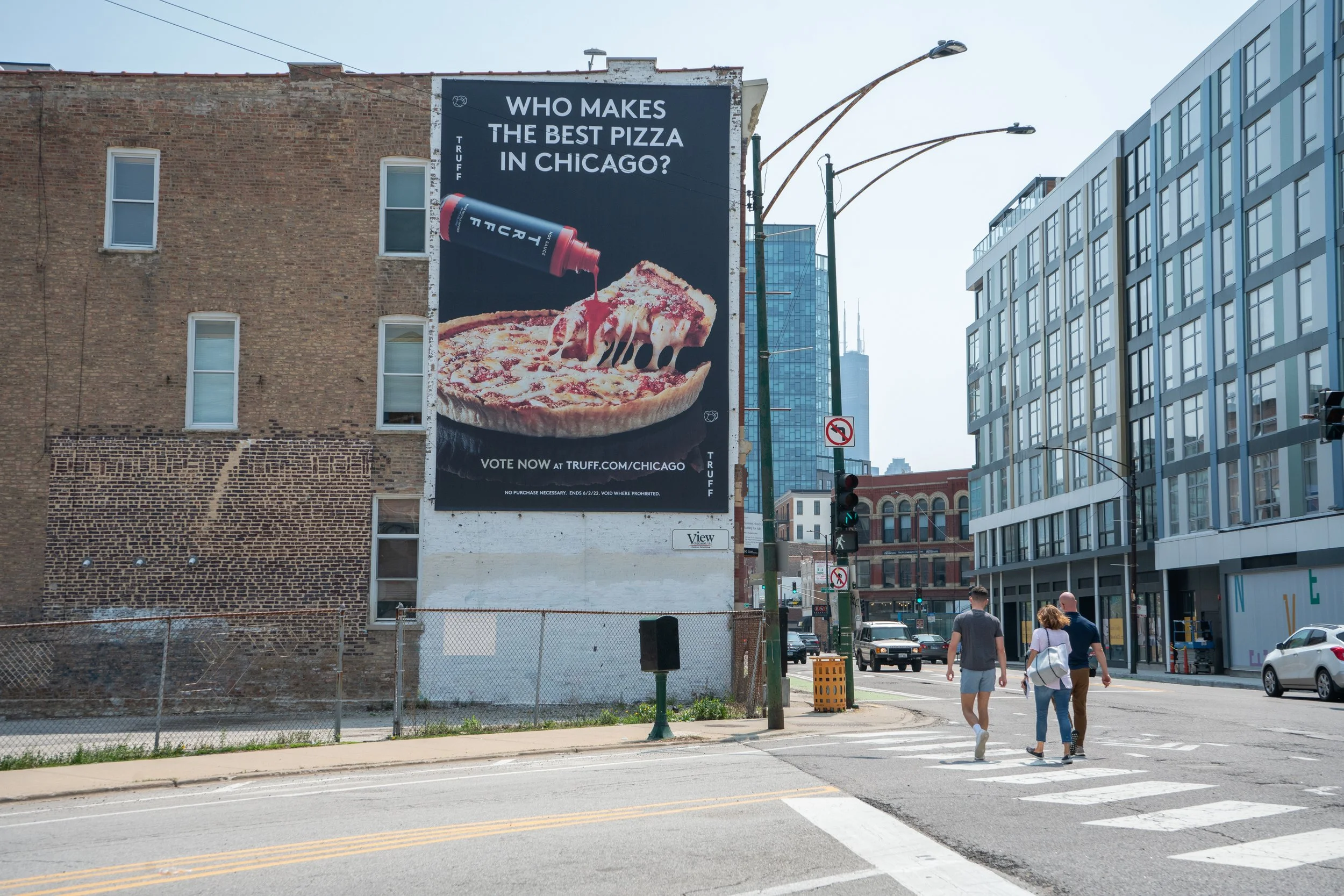
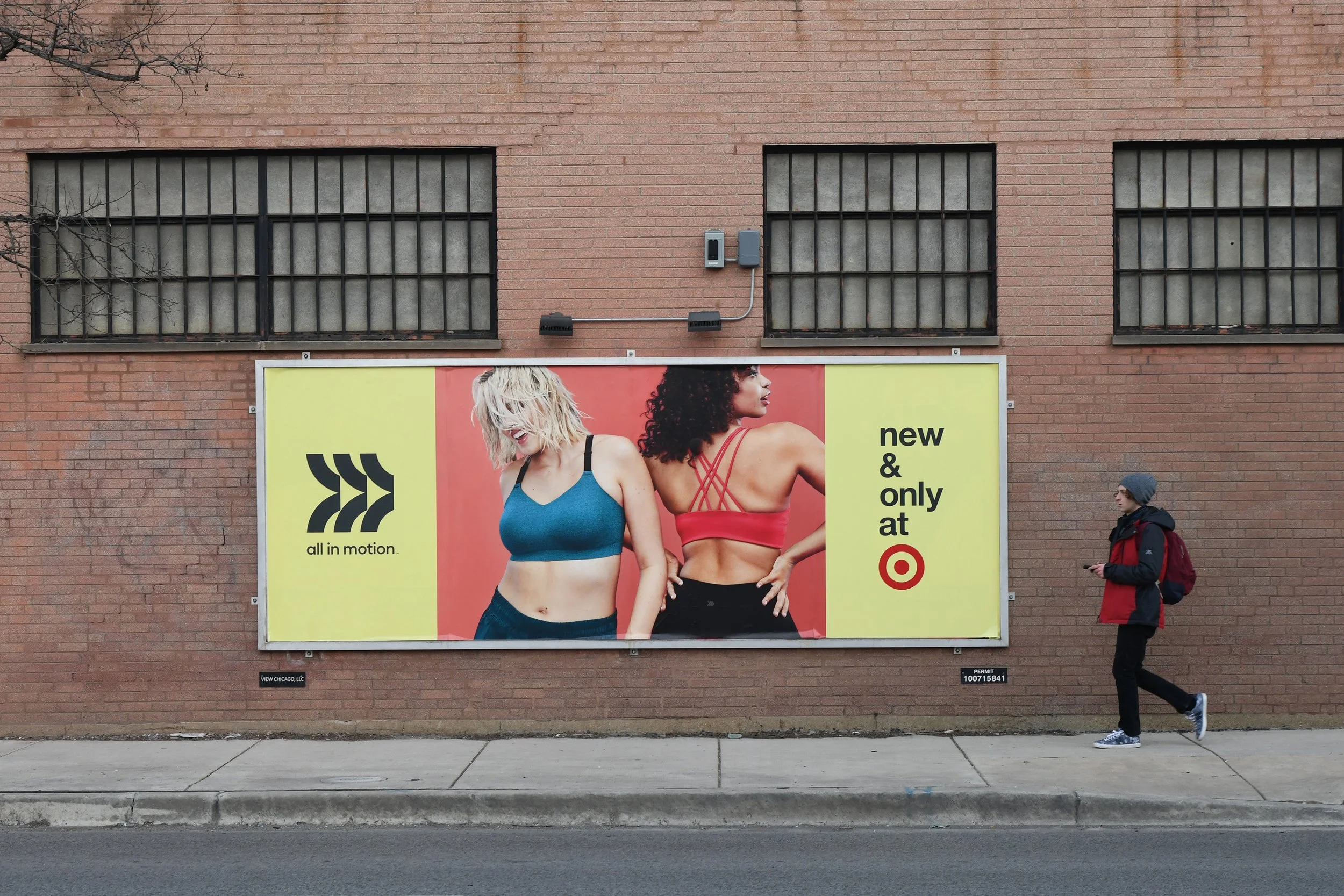


Renting a billboard is an easy process, but it’s important for billboard companies to be transparent with their pricing and how they offer the best deals for their customers. Here’s how we calculate the price of renting a billboard and some price ranges for each billboard type.